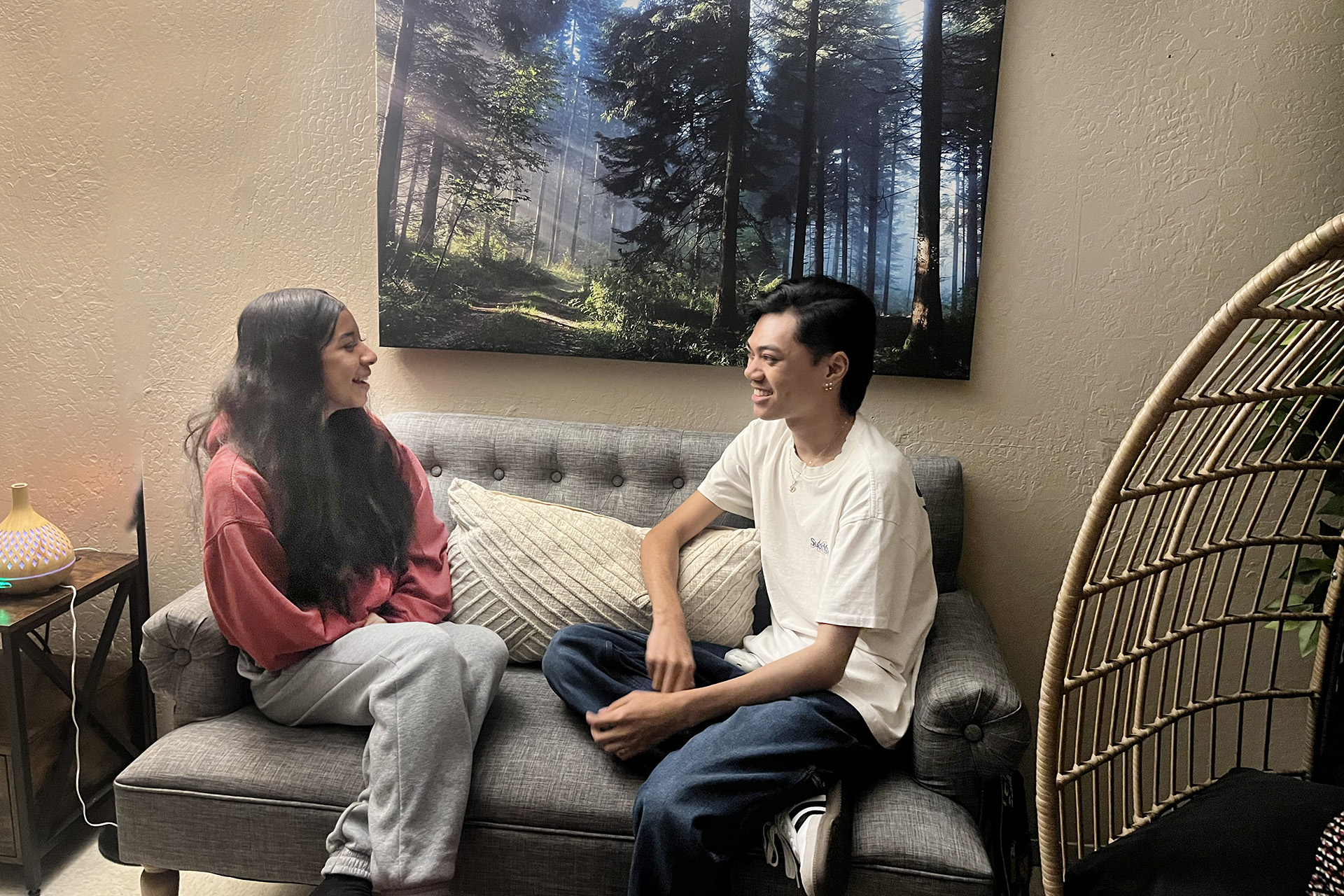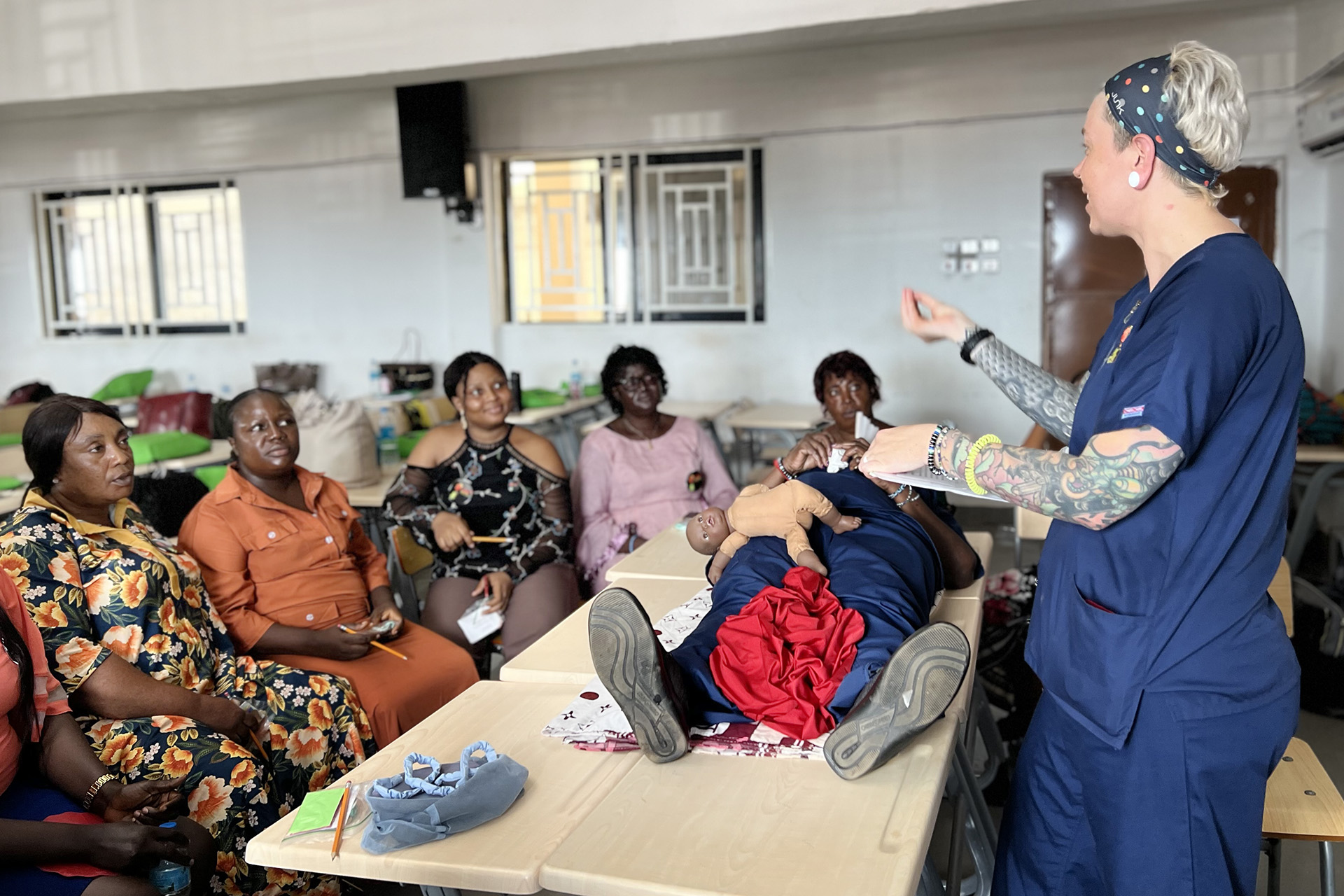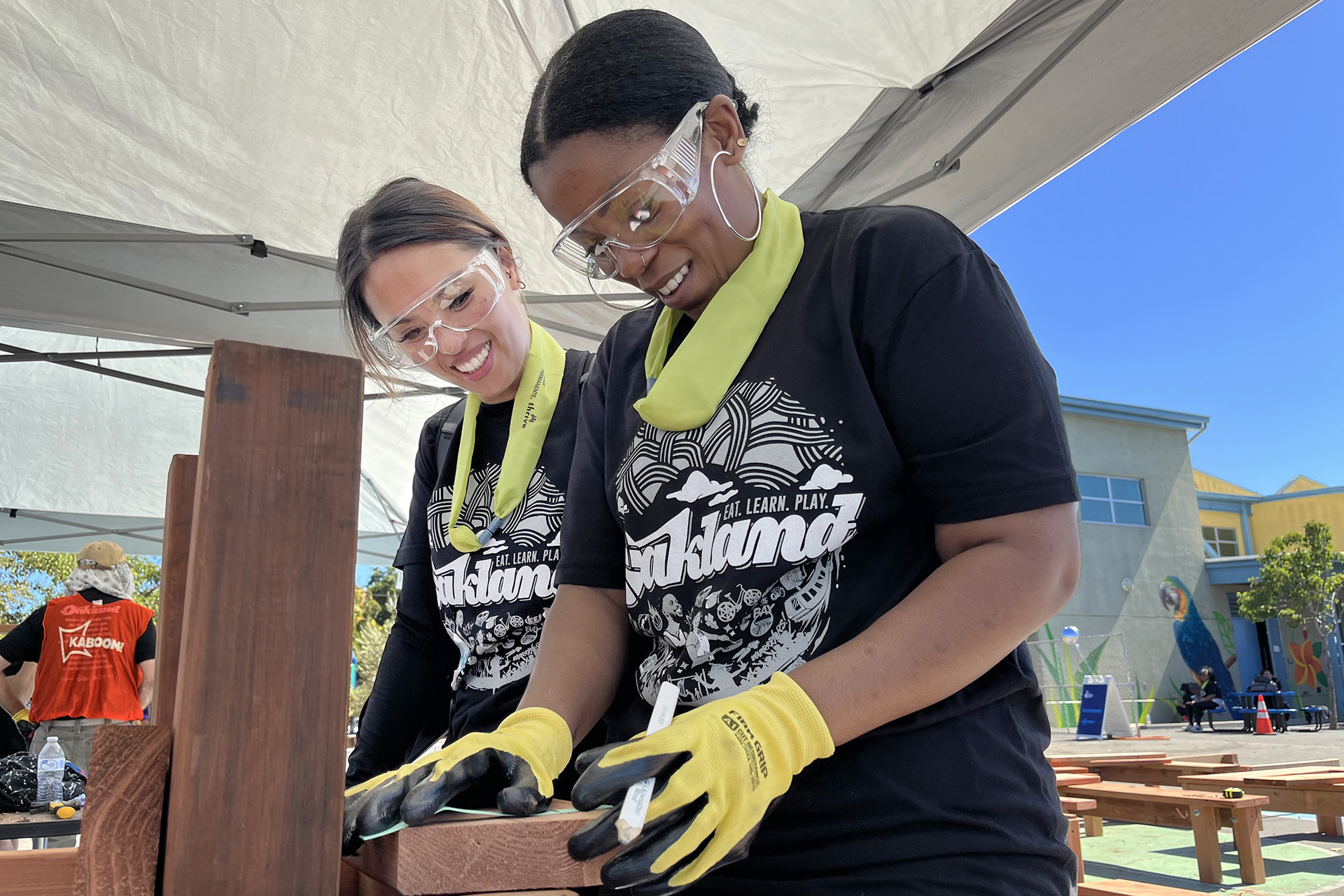Social distancing isn’t just a nicety; it’s essential in reducing the spread of COVID-19. While people adjust to observing it, they are also catching up with the reasons behind the rules. Mary C. Meyer, MD, is a Kaiser Permanente Walnut Creek emergency medicine physician and the Kaiser Permanente Northern California Regional medical director of disaster preparedness. She explains social distancing in 6 easy pieces.
Why 6 feet, not 5 or 7?
It is a straightforward — and not new — concept from infectious disease prevention. COVID-19 spreads largely by droplets when someone sneezes or coughs. Six feet is the distance you need to be out of the infectious zone if that happens near you. Droplets are not an amorphous thing, like fog. They really are like droplets that fall to the ground.
How do we distance ourselves when we have to interact?
This is one of the more challenging aspects of social distancing, since most need to go get groceries at some point, for example. While COVID-19 spreads much more easily via droplets versus contact, people can get sick by touching a surface or object that has the virus on it, then touching their eyes, nose, or mouth. The best thing to do is to wash your hands frequently and remember that biting your nails and other face habits create a direct portal for the virus.
When will we know if it’s working?
We are hearing positive reports in California already. The more who engage in this, the more effective it is. It takes various levers to flatten the curve, which means slowing the disease’s transmission. Those include shelter in place, social distancing, and school and work from home. By going out early and strong, California has pulled all those levers for the greater good. It has been utterly impressive to see.
What do we do if those nearby are not social distancing?
It is a very reasonable thing to gently remind people that 6 feet is what is considered appropriate social distancing. The truth is, people don’t know what it is. I read some fun examples: It is a door, a man of average height wearing a stovepipe hat, 2 Golden Retrievers standing nose to nose, and a couch that seats 3 people. You could share that with someone who isn’t complying because humor can help us connect. Also, don’t assume ill intent. People are worried and distracted.
How can you separate physically, but not emotionally?
Many people are at home, so we have more time to connect. Humans are getting very creative with Zoom happy hours, virtual books clubs, and singalongs from apartment balconies! Be sure to remember your vulnerable loved ones who may not have as much access to technology, such as seniors. They may be lonelier, so pick up the phone. That’s how my mother reads a bedtime story to one of my nephews.
What is the key to everyone’s participation?
Education and commitment. People need to understand the disease, how it’s spread, and the impact on not just themselves but the world. If you are in a socially crowded environment or a household where many people live, it is harder. But you must comply. It’s challenging for people in essential businesses, from health care to package delivery, because they need us to keep them safe. Respect their 6 feet — and remember to say thanks.




